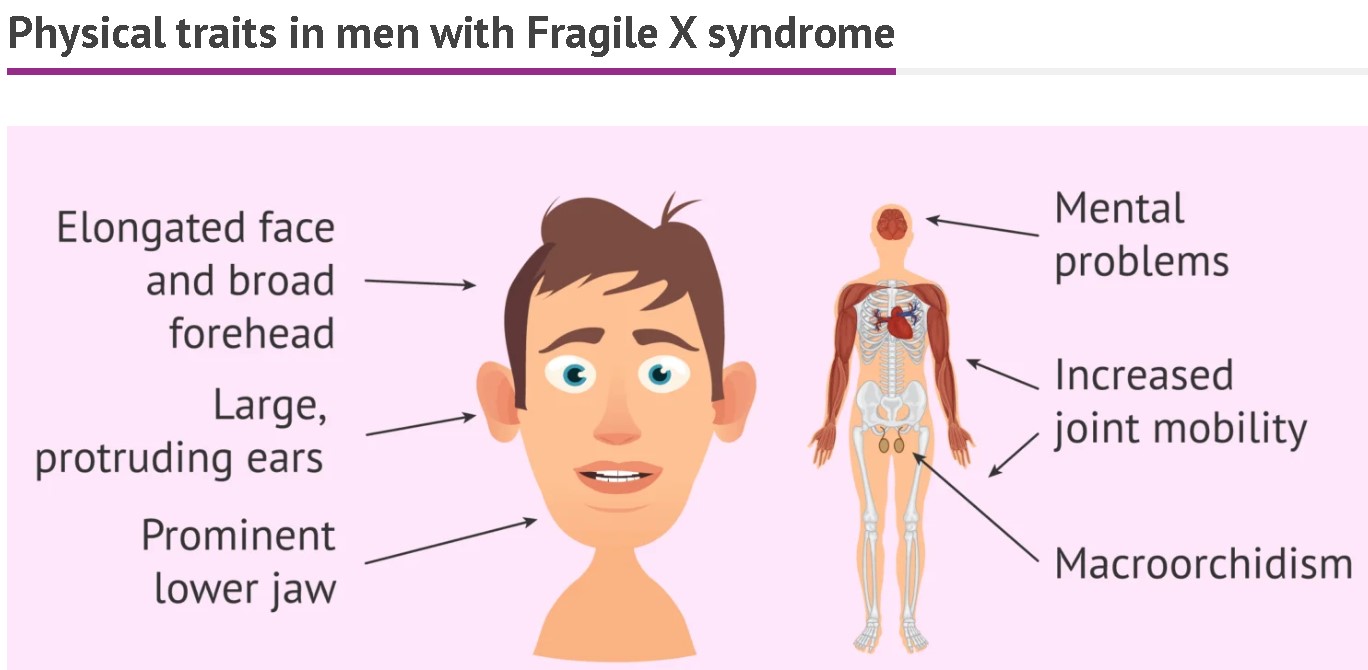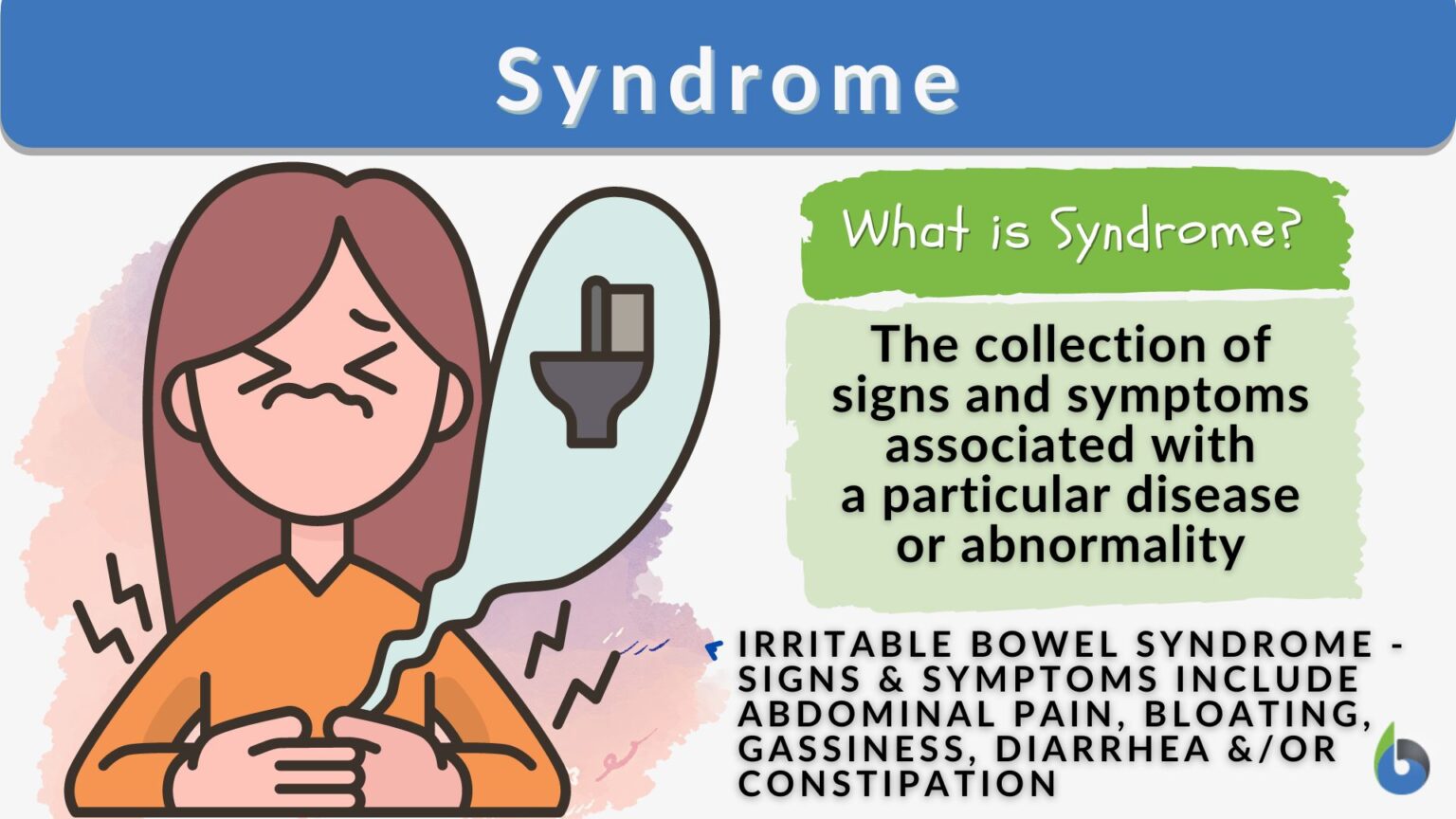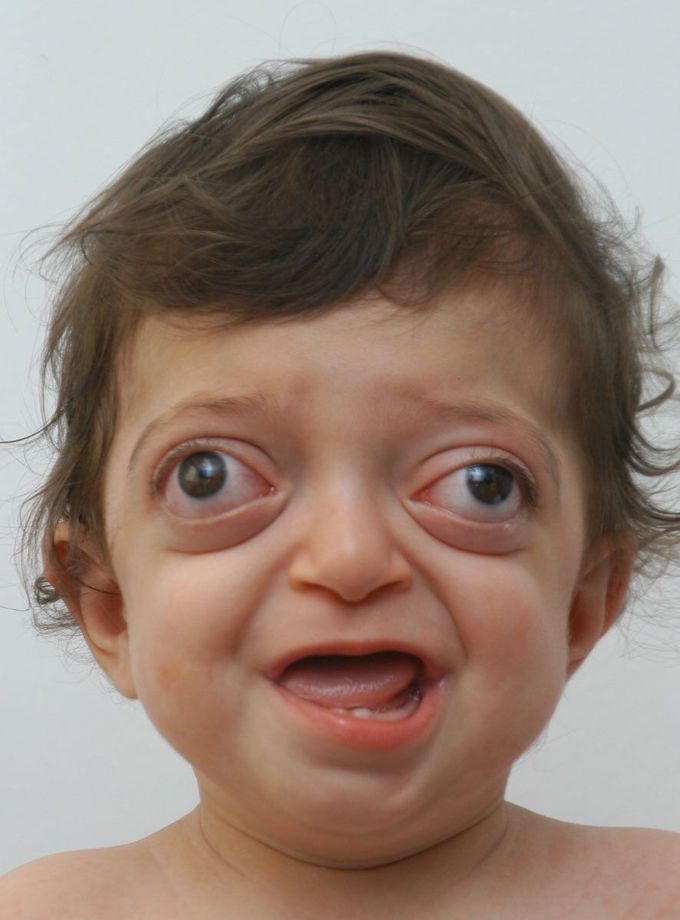There's a particular way a body works, a sort of blueprint, you know, that makes each of us who we are. Sometimes, though, that blueprint gets put together in a slightly different manner. When we talk about syndrome of a down, we are speaking about a genetic occurrence, a situation where an unusual process of cell division results in an additional full or even a partial copy of chromosome 21. This extra bit of genetic information, basically, changes the way things unfold. It's a fundamental part of someone's being, right from the very start, and it shapes their unique path in life.
This difference in the genetic makeup, it's not something that happens because of anything someone did or didn't do, it's just a natural variation in how human development can play out. It's really about the very tiny, intricate building blocks of life, and how they arrange themselves. The presence of this extra genetic material, you see, influences how a person grows and develops, creating a distinct set of characteristics. It’s a part of what makes them, them, and it’s something that deserves our thoughtful attention and warmth.
As we explore more about this particular genetic occurrence, we will consider what it means for individuals and for our communities. It's a chance, in some respects, to broaden our view of human diversity and appreciate the many forms life can take. We'll look at the basic science behind it, but more importantly, we'll talk about the human side of things, the people who live with this genetic difference and the families who care for them. It's a subject that, honestly, asks us to think about connection and acceptance.
Table of Contents
- What Makes Down Syndrome Unique?
- How Does Cell Division Play a Part in Down Syndrome?
- What Does an Extra Chromosome Mean for Down Syndrome?
- Supporting Individuals with Down Syndrome - How Can We Help?
What Makes Down Syndrome Unique?
When we think about what sets people apart, it’s often a mix of personality, experiences, and, well, how our bodies are put together. For individuals with syndrome of a down, their distinct qualities stem from a genetic arrangement that is, you know, a bit different from what is typical. It's a genetic condition, meaning it’s something that’s present from the very start of life, coded into the individual's basic biological instructions. This particular way of being is not something that develops later on; it's part of their original makeup, a very core aspect of their physical and developmental journey. It's a significant part of their identity, and it shapes how they experience the world around them, in a way that is truly their own.
This genetic difference, as a matter of fact, influences a person's physical traits and how they learn and grow. It's not a sickness or an illness that can be caught or cured, but rather a different way of human development. Every person with this condition is, of course, a unique individual, with their own strengths, interests, and personality. The genetic aspect provides a common thread, but the individual expression of that thread is incredibly varied. It’s a bit like how we all have two arms and two legs, but no two people look exactly alike, or, you know, move in exactly the same way. The genetic blueprint offers a framework, but the person fills it in with their own character and spirit, which is really something to appreciate.
Understanding this uniqueness means looking beyond just the label and seeing the person. It means recognizing that every individual with syndrome of a down brings their own gifts and perspectives to the world. They have their own feelings, dreams, and aspirations, just like anyone else. Their journey might involve different challenges or require different kinds of support, but their capacity for joy, connection, and contribution is, well, absolutely present. It’s about celebrating the diversity of human experience, and acknowledging that there are many valid and valuable ways to be a person, which is pretty cool.
The Genetic Blueprint of Down Syndrome
The fundamental aspect of syndrome of a down lies in its genetic foundation. It all comes down to chromosomes, those tiny packages of genetic material that hold all the instructions for building and running a human body. Typically, a human cell has 46 chromosomes, arranged in 23 pairs. One of these pairs is chromosome 21. What happens in the case of this condition is that there's an extra full or partial copy of this particular chromosome. So, instead of having two copies of chromosome 21, an individual with this condition has three, or a part of a third one, you know, which is a significant difference.
This additional genetic information, basically, changes the entire set of instructions. Think of it like having an extra chapter in a very important instruction manual for building a complex machine. That extra chapter contains more information, and that additional data influences how the machine gets put together and how it functions. In the context of a human being, this means that the presence of that extra chromosome 21 affects a wide range of developmental processes. It influences how different parts of the body form and how various systems within the body operate, which is, honestly, quite profound.
The impact of this extra genetic material is widespread because chromosome 21 carries many genes, and those genes provide instructions for many different things. Having an extra copy means that the body receives an overdose, so to speak, of certain instructions. This can lead to a variety of physical characteristics and developmental patterns that are often associated with syndrome of a down. It’s a very intricate biological process, and the way it unfolds for each person is, of course, unique, but the core genetic difference remains the same. It’s a testament to the delicate balance of our genetic code, really.
How Does Cell Division Play a Part in Down Syndrome?
To really grasp how syndrome of a down comes about, we need to look at something pretty fundamental: cell division. Our bodies are made of countless cells, and these cells are constantly dividing to grow, repair, and replace old ones. This process, which is, you know, happening all the time, is usually incredibly precise. During cell division, the genetic material, including all those chromosomes, gets carefully copied and then distributed equally into new cells. It’s a highly orchestrated dance, you might say, that keeps everything in balance. But sometimes, a little hiccup can occur, and that's where the story of this condition often begins.
The specific kind of cell division that is relevant here happens very early on, either when the egg or sperm cell is forming, or very shortly after conception. It's during this crucial stage that an "unusual cell division" takes place. Instead of the chromosome 21 pair separating cleanly, so that each new cell gets just one copy, they sometimes fail to separate properly. This means that one of the resulting cells ends up with an extra copy of chromosome 21, and the other ends up with one less. This misstep, in a way, sets the stage for the genetic makeup of the individual. It's a moment of chance, really, in a process that is otherwise so orderly.
This unusual division is not caused by anything the parents did or didn't do, and it can happen to anyone. It's a spontaneous event, a kind of biological lottery. The outcome is that the developing embryo then carries this extra genetic material in all or some of its cells, depending on when the unusual division occurred. So, the very foundation of the individual's development is built upon this different genetic instruction set. It's a powerful reminder of how incredibly delicate and complex the processes of life truly are, and how even a tiny variation can lead to a distinct human experience, which is quite fascinating, really.
Early Beginnings of Down Syndrome
The beginnings of syndrome of a down are rooted in the earliest moments of life, long before a baby is born. As mentioned, it's all about that initial cell division. When the egg and sperm come together, they form a single cell that then begins to divide, creating more and more cells that will eventually form a whole person. If that unusual cell division involving chromosome 21 happens in the egg or sperm before conception, then every cell in the resulting person's body will have that extra copy. This is, you know, the most common way it occurs, affecting all the cells.
However, sometimes, this unusual cell division happens after conception, once the initial cell has already started dividing. In these cases, some cells in the body might have the extra chromosome 21, while others have the typical number. This is known as mosaicism, and it means that the individual has a mix of cell types. The effects of syndrome of a down in these instances can vary, depending on how many cells are affected and where they are located in the body. It's a bit like having some pages of that instruction manual with the extra chapter, and other pages without it, which can lead to a range of expressions of the condition.
Regardless of the exact timing of this cell division event, the core truth is that the genetic difference is established very, very early in development. It's not something that can be changed or reversed once it has occurred. This early origin means that the individual's entire developmental path is shaped by this genetic blueprint. It influences everything from how their organs form to how their brain develops, and it creates the foundation for their physical appearance and cognitive abilities. It's a deeply ingrained part of their being, truly, from the very first spark of life.
What Does an Extra Chromosome Mean for Down Syndrome?
So, we've talked about how syndrome of a down involves an extra full or partial copy of chromosome 21. But what does that actually mean for a person? Well, think of it this way: our chromosomes are like vast libraries of information, containing all the instructions our bodies need to grow and function. Each gene on a chromosome is like a specific book, telling the body how to make a certain protein or perform a particular task. When you have an extra copy of chromosome 21, it's like having an entire extra library of books, or at least a significant portion of one, which is quite a lot of extra information.
This additional genetic material means that the body receives an increased dosage of all the instructions contained on chromosome 21. It's not just one or two genes, but many, many genes. This excess of genetic instructions can disrupt the delicate balance of development. It’s a bit like trying to bake a cake with too much of one ingredient; even if it's a good ingredient, too much can change the whole recipe. The body tries to follow all these instructions, but the sheer volume of certain signals can lead to differences in how various systems develop and operate. This is, you know, the fundamental reason for the characteristics associated with the condition.
The impact of this extra genetic information is broad, influencing many aspects of a person's physical and cognitive development. It affects how cells communicate, how organs form, and how the brain processes information. Every person with this genetic difference experiences it in their own way, but the underlying cause is always that additional genetic material. It’s a powerful illustration of how even small changes in our genetic code can have wide-ranging effects on who we are, and how we experience the world, which is, honestly, pretty remarkable.
The Impact of an Extra Copy in Down Syndrome
The presence of an extra copy of chromosome 21, which defines syndrome of a down, truly shapes an individual's journey. This additional genetic information leads to a unique set of physical traits that are often recognizable. These can include certain facial features, a particular body shape, and variations in hand and foot structures. These physical characteristics are simply external manifestations of the underlying genetic difference, and they are part of what makes individuals with this condition distinct. They are, in a way, visual cues of their unique genetic blueprint.
Beyond physical appearance, the impact extends to cognitive development. Individuals with this condition typically experience some degree of intellectual disability, meaning they may learn and process information at a different pace. This doesn't mean they can't learn or grow; it simply means their learning path is different. They might take longer to reach certain developmental milestones, or they might need different approaches to education and skill building. It's a matter of varied abilities, you know, rather than a lack of ability. Their capacity for connection, for emotion, and for contributing to their communities remains very much present.
Moreover, the extra chromosome can influence various health considerations. Certain medical conditions are more common in individuals with syndrome of a down, such as heart conditions, digestive issues, or differences in immune system function. These health aspects are also a result of the extra genetic instructions affecting the development and operation of various bodily systems. However, with good medical care and support, many of these health challenges can be managed effectively, allowing individuals to live full and active lives. It's a complex interplay of genetics and environment, truly, that shapes each person's experience.
Supporting Individuals with Down Syndrome - How Can We Help?
Given what we've learned about syndrome of a down, a key question arises: how can we best support individuals who have this condition? It's really about creating environments where everyone can thrive, regardless of their genetic makeup. Support often begins early in life, with interventions like therapy for speech, physical movement, and occupational skills. These early efforts can make a big difference in helping individuals develop their abilities and reach their personal potential. It's about providing the right tools and encouragement, you know, right from the start.
Education plays a significant part in providing support. Inclusive educational settings, where individuals with syndrome of a down learn alongside their peers, can be incredibly beneficial. This approach helps foster social skills, promotes a sense of belonging, and encourages academic growth at an individual's own pace. It's about recognizing that every student has something valuable to offer and that diverse classrooms enrich the learning experience for everyone. It's a way of saying, basically, that everyone belongs, and everyone deserves a chance to learn and grow in a welcoming place.
Beyond formal education, ongoing support in daily life is also very important. This can involve helping with independent living skills, finding meaningful employment opportunities, and participating in community activities. The goal is to empower individuals to live as independently and fulfilling lives as possible, according to their own wishes and capabilities. It's about seeing the person first, and then figuring out what kind of help or adaptation might make their path a little smoother. This kind of support, honestly, benefits everyone in a community, making it a more compassionate and understanding place.
A Community Approach to Down Syndrome
Supporting individuals with syndrome of a down is, in many ways, a community effort. It involves families, friends, educators, healthcare professionals, and the wider public working together. Creating a truly inclusive society means challenging preconceived notions and embracing diversity in all its forms. It's about recognizing that differences are not deficits, but simply variations in the human experience. When we open our minds and our hearts, we create spaces where everyone feels valued and respected, which is, you know, what we all want.
Advocacy also plays a vital role. Speaking up for the rights and needs of individuals with syndrome of a down helps ensure they have access to appropriate resources, opportunities, and fair treatment. This can involve supporting organizations that champion their cause, participating in awareness campaigns, or simply educating ourselves and others about the condition. It’s about building a world where people with different abilities are not just tolerated, but celebrated for who they are and what they bring to the collective human story. It's a continuous process, really, of learning and growing together.
Ultimately, a community approach to syndrome of a down means fostering an environment of acceptance and understanding. It means focusing on abilities rather than limitations, and celebrating the unique contributions that each person makes. When we see individuals with this condition as full and valuable members of our society, we enrich our own lives and build a stronger, more compassionate world. It's a reminder that empathy and kindness are, truly, among our most powerful tools for building a better future for everyone, and that's a pretty good thing to remember.
This article has explored Down syndrome, a genetic condition arising from an unusual cell division resulting in an extra full or partial copy of chromosome 21. We looked at how this extra genetic material shapes an individual's unique characteristics and development. We also considered the role of early cell division in its occurrence and the broad impact of this genetic difference on physical and cognitive aspects. Finally, we discussed various ways to support individuals with this condition, emphasizing the importance of a community-wide approach to fostering inclusion and understanding.



